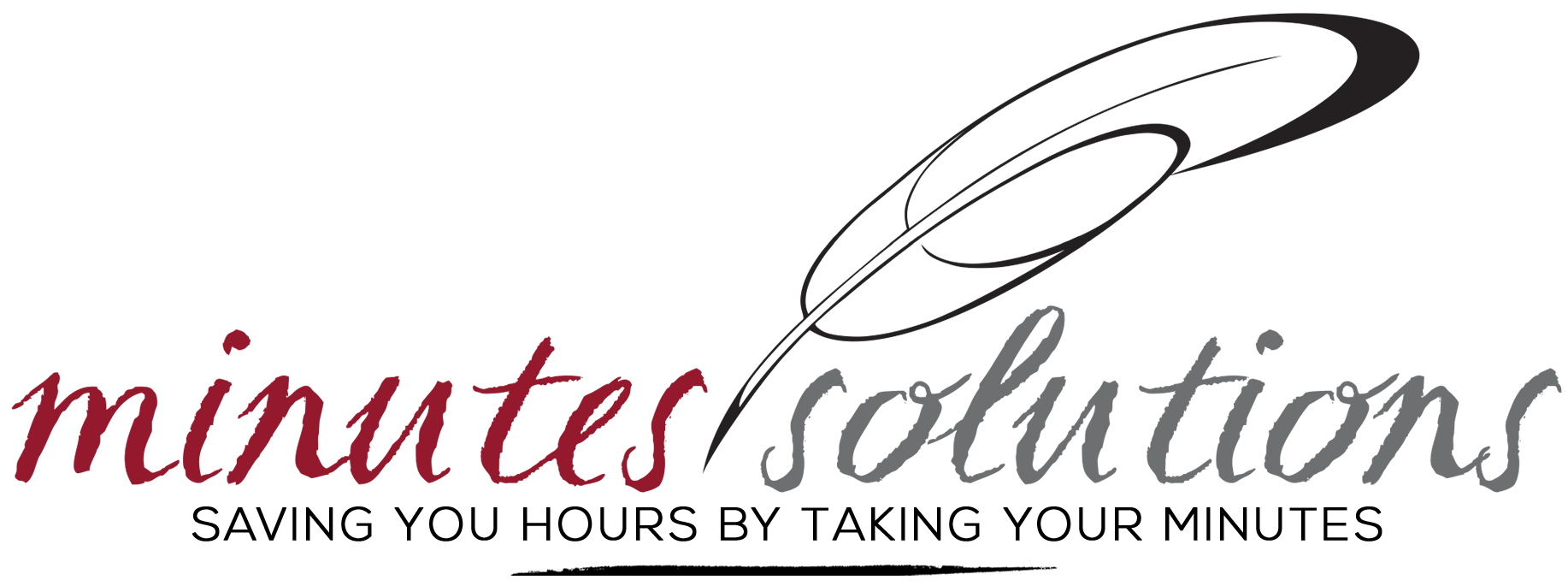Formal meetings often bring together a myriad of personalities and personal agendas. Most board members have probably attended meetings slated to last one hour and have watched, with a sinking feeling, the clock tick past the three- or four-hour mark, with no decision or identified next steps in sight.
In the condominium world, meetings take place several times a year — often monthly, but sometimes more frequently if there are contentious or pressing items that require a decision. Every now and then, a meeting needs a lot of time to lay out the topics and discuss each one prudently, ensuring that everyone can share their piece and hopefully come to an agreement.
However, some lengthy meetings are strictly the result of poor organization or an inattentive or inexperienced chair. The stark fact is that long meetings can often be inefficient and costly due to meeting rooms that are booked by the hour or a third-party minute taker who is paid hourly. On top of that, there is the opportunity cost of participants’ time. Most condo board members are volunteers and often busy people: the longer the meeting, the less time they can allocate to other matters, whether personal or professional.
Time and again, condo meetings, if only organized and orchestrated correctly, can be effectively conducted to achieve everything that is outlined. The issue often comes down to the conduct of the board, sheer disorganization and the inability to narrow down the salient topics. This is where guidelines on facilitating organized meetings can help tremendously. Here are a few things to consider:
Send the Meeting Package in Advance: The meeting package should include all documents that are to be reviewed, discussed or approved at the meeting, including the agenda and/or management report, financial statements, previous minutes and quotes from potential vendors. A well-outlined agenda will go a long way to cutting down your meeting time as it should clearly set out what is to be discussed and allows board members to prepare for anticipated discussions in advance. Reviewing the complete package, including previous minutes, prior to the meeting will allow conversations to take a more regimented course. Topics of discussion and amendments may arise from previous minutes, however, reviewing items in advance allows them to be approved promptly and potential changes can be discussed quickly.
Pre-Meeting Communication: Email communication prior to meetings is a great tool to save time when the board gathers. Before meetings, boards should send via email a list of approvals that will be needed. If everyone agrees to the approvals in advance, they can be confirmed via resolution at the meeting and adopted into the minutes. This will significantly limit conversation about motions and topics on which most board members already agree. Reconfirming the meeting with members and guests 24 hours prior to start time will also help eliminate the potential for a meeting to not make quorum. It is not uncommon for a board member’s availability to change right before a meeting and they may overlook the need to notify the rest of the board. A good practice is for boards to schedule their meetings at the start of the year, for the following 12 months, as this helps to reduce scrambling and rescheduling.
A Defined Start and End Time: Everybody’s time is valuable. Although discussions may go longer than anticipated, this puts a conscious timeline on the meeting, encouraging participants to respect the clock. Announcing when there are 30 minutes left in the scheduled meeting time reminds participants a limited amount of time remains to complete any outstanding agenda items.
Appoint a Strong Chair: The chairperson is essentially the quarterback of a meeting and should possess the ability to mediate conflict and prevent dialogue from getting out of control and off course. A good chair will effectively manage the agenda, take control when necessary and steer the meeting back on course from potential tangents. Sometimes subsidiary topics that are brought up are relevant; however, as opposed to a free-for-all on these new topics, it is up to the chair to allocate time to discuss these additional items. Anything newly posited should be put on the agenda of a subsequent meeting so that new topics can be addressed in an organized manner. A good chair will also repeat and summarize motions for clarification. After motions are passed, sometimes there is still discussion due to a lack of clarity; repeating these items will clear up confusion and assist the minute taker in recording the motions accurately.
Avoid Table Talk: It is human nature for people to socialize and talk about everyday topics such as the weather, family, sports, etc. However, to run an efficient meeting, these conversations should be saved for before or after the meeting.
A Compliant Board: Yes, opinions and ambitions often differ in a meeting — that is the beauty of a democracy. However, board members should respect the time and opinions of others and acknowledge the current tasks at hand.
Minutes and Action Items: A good set of minutes with clear action items will set you up for success at your next meeting. Clear action items will let people know what they are tasked with for the next meeting and will hold people accountable. If members forget what their tasks are for the next meeting, they can always consult the previous minutes to see what needs to be accomplished. Showing up to a meeting without having tasks completed, or even acknowledged, can cause the meeting to veer off course before it even begins.
If a board follows these steps, meetings will achieve a more professional discourse and debates can be controlled in a tactful and time-effective manner.
Minutes Solutions is a professional third-party minute taking company specializing in condo board meetings since 2008. Please don’t hesitate to contact us with any questions: [email protected]

